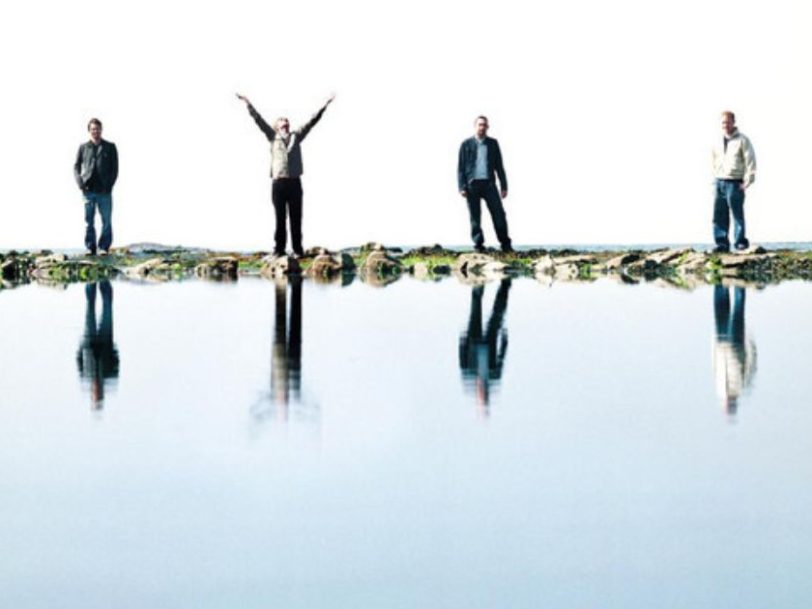With their debut album, Love Is Here, achieving platinum status after selling over 300,000 copies, it seemed as if Starsailor had barely had a chance to pause since being thrust into the spotlight. Placed the forefront of the “New Acoustic Movement”, the Warrington-based quartet had found themselves going toe-to-toe with the likes of Travis, Doves and Coldplay in the early 2000s, with singer/guitarist James Walsh, bassist James Stelfox, drummer Ben Byrne and keyboardist Barry Westhead becoming one of the leading lights of the post-Britpop scene. And then they had to record a second album that maintained that momentum. Happily, Silence Is Easy proved that Starsailor had what it took to keep going.
“We were obviously excited that this was all kicking off,” James Walsh tells Dig! today. “We were in the NME every other week and there was just absolute madness going on.” Starsailor’s journey from making Love Is Here to facing up to the challenges and triumphs of an extensive world tour had been tiring, but they were also ready to turn the page on a new chapter. “We’d been playing those songs every night, so we wanted to prove what other strings there are to our bow,” Walsh says of preparing to record Silence Is Easy. “It did feel like a relief when we could finally park Love Is Here and start looking at the next album.”
Listen to ‘Silence Is Easy’ here.
By early 2003, Starsailor were ready to head back into the rehearsal room and figure out how to build upon the initial success of their debut. With growing confidence and a hunger to explore new creative ideas, the band’s unique blend of tender balladry and candid lyricism had captured the hearts of many, but their second album was an opportunity to prove they had a lot more to offer. “We were obviously very proud of our first album and very grateful for the success that it had brought us, but we were also ready to get back to the creative side,” Walsh says. “You don’t get to do these big gigs and tours and travel the world without putting the effort into the songwriting.”
The writing: “This music has got to be so triumphant and joyous that we prove a few people wrong”
Across a period of two years, Starsailor staged a globe-trotting tour in support of Love Is Here, diving headfirst into a vortex of promotional commitments that left them both exhilarated and fatigued. “We were definitely exhausted,” Walsh says today. “The period of touring around Love Is Here was intense. I think we visited more countries on that tour than any subsequent one.” Given the opportunity to down tools, the group decided they could start from scratch for their next album.
“There were bits and bobs written during that touring timeframe,” Walsh tells Dig!, noting how album track Some Of Us was the only song Starsailor had written on the road. “But the vast majority was written in the rehearsal room.” In some respects, Walsh saw Starsailor’s second album as an opportunity to address some of the criticisms the band had received in some quarters of the music press. “We did listen to a lot of voices that were telling us how miserable or downbeat we were,” Walsh says, “and there was definitely an element of wanting to rebel against that and show that we did have a more positive side.”




